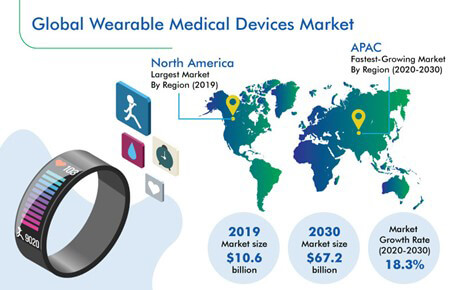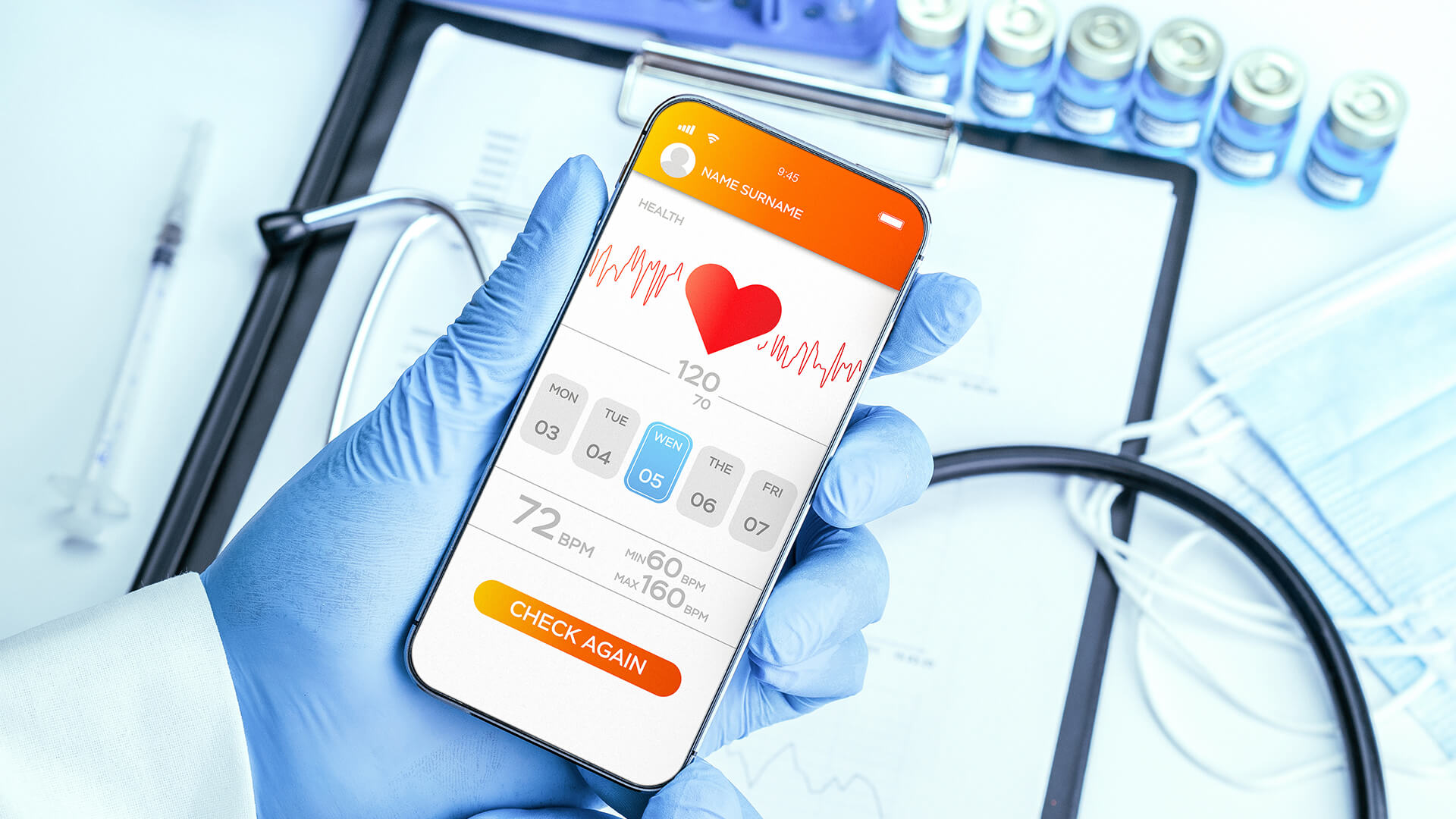Thanks to advances in smart phone technology coinciding with gym closures caused by lockdowns during the COVID-19 pandemic, smart watches and alternative wearable health devices transitioned from something of a “novelty toy” to an important aspect of everyday life.
Depending on the device, model, and manufacturer, these devices have the capability to measure blood pressure, blood oxygen levels, ECG, and even heart rhythm irregularities.
Dr Gero Baidara, Clinical Director of GPDQ, speaking about the role of these devices during the pandemic noted: “This year, in particular the ability to read one’s oxygen saturation, heart rate, and temperature has been invaluable in monitoring whether or not the wearer is suffering from symptoms of COVID-19.”
While we may not be at a stage where we can transfer all trust about our medical safety to digital technologies, there is no denying these devices are carving out a future for themselves within the healthcare sector, and with good reason too. With that in mind, we want to explore whether wearable technology can successfully alleviate stress in the healthcare sector and ultimately assist it to prepare for the unexpected.
Health has gone digital
According to medical-advicenetwork.com there were 350,000 digital health apps on the market in 2021– that number was up 90,000 on the previous year. It should come as no surprise that people want to know about their health, particularly when it’s easy to find out, and doesn’t involve visiting the doctor.
But, what about the NHS? Are they calling upon the help of these services in the same way as the general public?
Some hospitals have already been utilising the capabilities of wearable devices for quite some time, issuing them to patients with diabetes so they can actively monitor their health stats.
The Freestyle Libre device has been available on the NHS for almost three years now. Similar in size to a £2 coin, this device measures glucose levels and relays essential information to an e-reader or smartphone so users can receive real-time findings, allowing them to take action when necessary.
As for the global wearable medical devices market, well, it’s growing exponentially. As of 2019, the largest market by region was in the US & North America. However, Central Europe is anticipated to speed past their Transatlantic counterparts over the course of the next decade, fuelling a market growth rate of almost 20%.
A global market analysis report conducted by Grand View Research details how: “the rising popularity of connected devices and the Internet of Things (IoT) and the rapid growth of the technologically literate population globally are anticipated to fuel the demand for wearable technology over the forecast timeframe.”

How the pandemic highlighted a need for change
The first thing worth noting is the sheer volume of individuals now using digital healthcare technology to assist them with their regular healthcare needs. By the end of 2021 there were, for instance, more than 22 million active users of the NHS App.
In July 2021, the NHS reported that more than 50,000 people had registered organ donor preferences on the app during June while more than 600,000 prescriptions and 50,000 GP appointments were requested. While patients were actively prompted to use the digital platform, it could be said that the British public have actually become more accepting of technology’s place in their healthcare, and so now is the time to implement more.
In one scheme in Northwest London cited in the BMJ ‘wearables’ were used during the pandemic to analyse the condition of people who were quarantining before or after travelling abroad alongside healthcare workers who weren’t able to isolate at home. The scheme “collected the vital signs of people quarantining and round-the-clock data was monitored by a trained team.”
The technology involved varied. “Medical grade wearables can be as simple as a sensor that measures a single variable, such as a photoplethysmography. Others are more complex pieces of hardware worn around the arm or as a patch on the chest, that gather a selection of vital signs, with information typically relayed to clinicians for monitoring or analysis.”
The scheme was able to reduce the strain on the healthcare sector by limiting otherwise unavoidable transmission of COVID-19 and reducing contact between health staff and potentially infectious patients, thereby also reducing the use of PPE, which reached dangerously low levels in the early months of the pandemic due to ongoing issues with supply chain and manufacturing.
In many respects, the scheme was a roaring success and emphasised just how much wearable technology has to offer an incredibly stretched healthcare provider.
Pritesh Mistry, Policy Team at The King’s Find, added: “Wearable devices can give a level of reassurance when people are being treated remotely that they’re not in danger.”
Perhaps the biggest stand-out feature of these devices is their ability to measure, record, and analyse round the clock and alert medical professionals when signs of concern or danger are reached.
NHS plans for wearable devices
Back in 2019 the NHS released the “Long Term Plan” which highlighted the healthcare service’s vision to implement digital devices across the board in a bid to limit hospital admissions and protect and reassure those who are being cared for remotely.
It also gave a view to the different types of NHS contracts suppliers can go on to win.
At present, the use of wearable devices remains minimal and is limited to certain areas of the country, perhaps because introducing such rapid developments during a period of such catastrophic turbulence as the pandemic would have been almost impossible. However, as we navigate the period ahead when it is clear that there will be continuing strain on the NHS, particularly hospitals, as they try to catch up with the backlog of procedures delayed by the pandemic whilst also dealing with intermittent COVID surges and exhausted staff, perhaps now is the best time to invest in options that will limit the strain on personnel and services.
A January 2019 report by the National Audit Office on NHS financial sustainability concluded that:
“The growth in waiting lists, the slippage in waiting times and the existence of substantial deficits in some parts of the system, offset by surpluses elsewhere, do not add up to a picture that we could describe as sustainable.”
The rapid introduction of wearable devices could reduce the need for routine and follow-up appointments while providing patients with reassurance that their condition is both stable and monitored, thereby enabling NHS resources to be focused on reducing waiting lists and providing urgent services.
It remains to be seen when and how the major introduction of wearable tech to the British healthcare system will occur. However, we are fairly confident its arrival will be in the not-too-distant future. With this arrival comes a rise in opportunity for a host of tech and software providers who are able to fulfil what are likely soon to be important NHS contracts.
Written for GHP



















